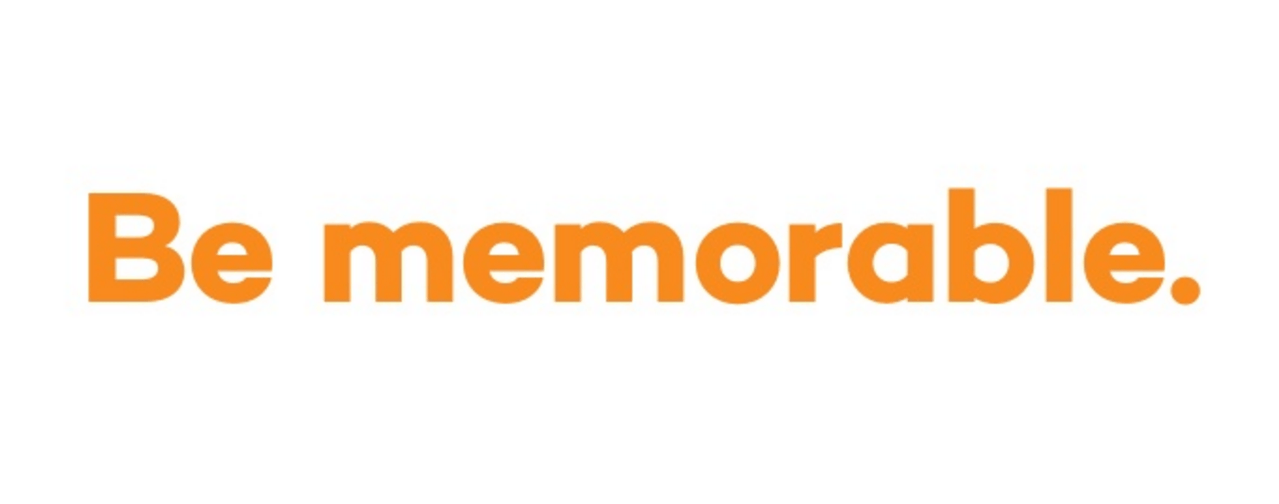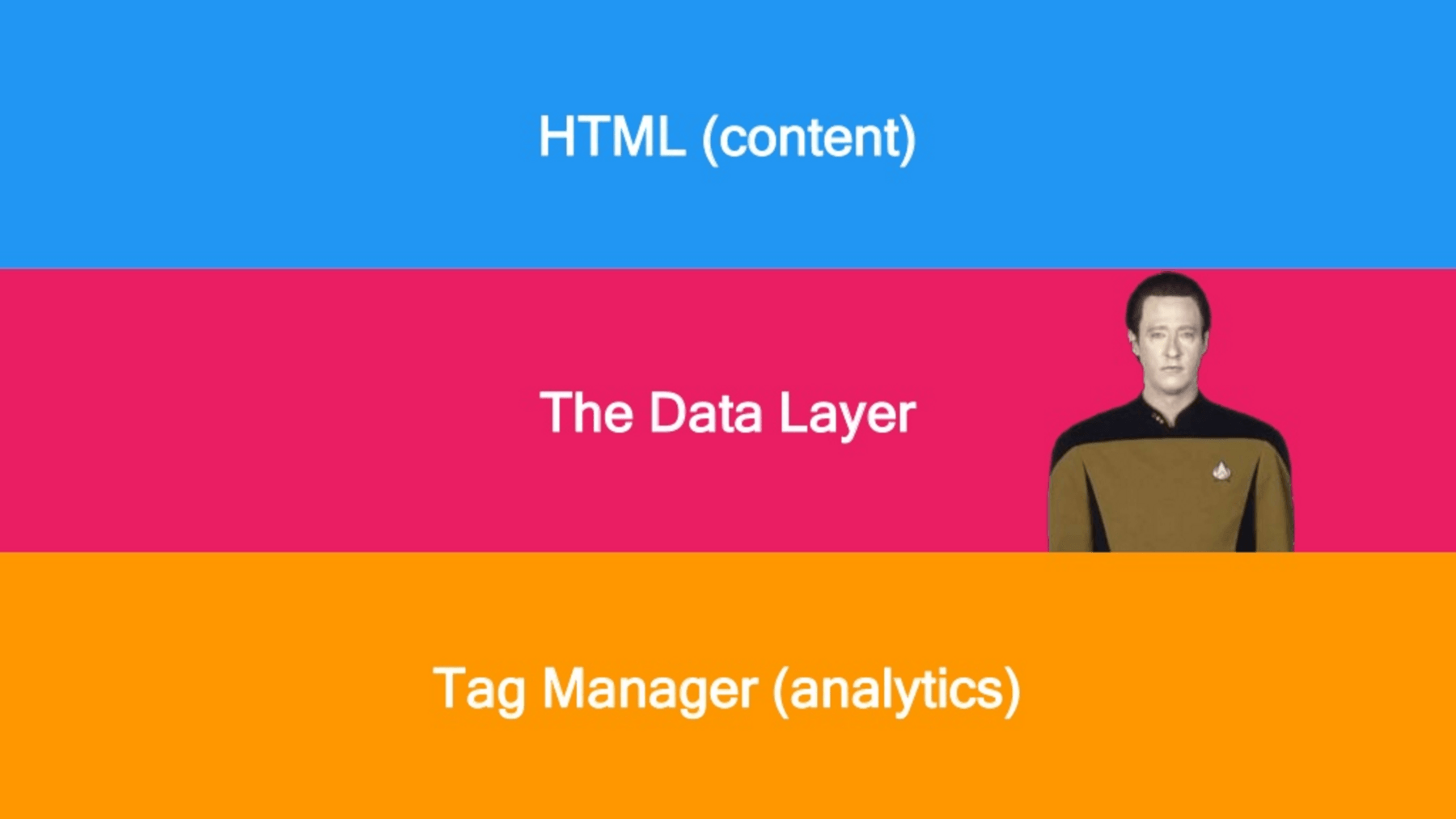
What we learned at BrightonSEO 2017
Malcolm Slade – Brand: The Only Future Ranking Factor
Malcolm Slade, the Head of Technical SEO at Epiphany, delivered a talk that discussed not only what was happening here, now, in SERPs, but also what could happen in the future.
While we were all a bit disappointed that Malcolm didn’t dress as a wookie for this presentation, it was still one of the highlights from BrightonSEO for us.

Malcolm’s talk focused on how Google is becoming more and more human. It needs to reflect our needs, so it needs to think like we do. All of the Google algorithm updates – Panda, Penguin, Phantom etc – reflect this.
As Google becomes more human, the old ranking signals – keywords, links, anchor text – are not as useful as they once were. Agencies and brands are easily able to game these, so Google is looking at ways to get around this.
[Tweet “There may be no “ranking factors” any more. – @seomalc”]
This is where Brand comes into play. Malcolm pulled the top SERPs for some high-value keywords and then polled actual humans and asked them to identify the recognised brands.
The instances were very highly correlated. Pretty much everyone on Page 1 had a recognisable brand. This isn’t to say that they were all big brands, they were just recognised brands by everyday people.
So what was Malcolm’s key highlight to help brands?

Most generic marketing statement ever, thanks Malcolm. ? But what Malcolm actually meant was that we need to be working together as a complete team, rather than individual units.
It’s not enough to be digital vs offline advertising. It’s not good enough to be utilising some digital channels and not others – you need all your channels to work together to drive brand recognition and ultimately to drive users towards your site.
Malcolm also highlighted that Google doesn’t care if you can’t do this. It’s just as happy to replace you with someone else who is doing it. An AI-powered algorithm cares even less.
And if you can’t do these steps, there’s always PPC!
Tom Bennet – Measuring Content Success with Google Tag Manager
Tom Bennet is the Head of Product Development at Builtvisible, and his talk focused on how we need to bring more data to our content reporting.
As a data-driven performance marketing agency (and a huge bunch of nerds) this talk really spoke to us!
Tom opened up his talk with a single statement that really echoed with us, especially the content team.

He highlighted how so many brands are producing content, but so many don’t understand how content aligns with their business KPIs and how to report on it.
The key is Google Tag Manager (GTM). Many businesses use Google Analytics (GA) for their reporting, but GA can only get you so far.
GTM can actually be used to deploy GA and, while it doesn’t actually increase the functionality of GA, it can make reporting a lot easier and more efficient.
To do this, you should implement what’s called a Data Layer. This layer sits between the HTML/Content layer and the GTM/Analytics layer.

The Data Layer is a custom JavaScript Array that contains various key-value pairs. It becomes useful to the content team, and their reporting, by containing structured data about the current page that is separate from the content.
This means the Data Layer can be populated automatically with data from the CMS. It could include anything you like, such as Author Names, Post Dates, Device Types etc.
In the examples Tom highlighted, he showed us how to implement custom dimensions to further track behaviour on the site, such as whether or not users are engaged with the site.
The final customisation that Tom demonstrated was how to integrate certain APIs into the Data Layer to give it a further functionality, and to integrate into GA as a custom dimension.
[Tweet “Using integration with various APIs helps produce the killing session-level Custom Dimensions.”]
At Harvest, we live and die by the sword of ROI, and Tom introduced us to yet another way to demonstrate the value of content, as well as make data-driven decisions.
Alex Lever – Can partnerships & sponsorships help your SEO?
Alex Lever is an online campaign manager for MEC Wavemaker, and she discussed how to make the most of your campaigns. Alex’s focus is on blurring the lines between owned, earned and paid media in order to create hero campaigns for her clients.
[Tweet “Get to know your clients. Find out what they are struggling with. Be curious.”]
Alex spoke about how brand partnerships and hero campaigns do not purely affect SEO, they also have a halo effect on brand awareness – which then links back to Malcolm’s talk about brand being the newest ranking factor.
One of the key takeaways from Alex’s speech was budget should never get in the way of a great project.
'Local knowledge, use of a good old 📞 and some leg work is something even the tiniest business can do' – by @AlexLever of MEC #BrightonSEO
— SEMrush (@semrush) April 7, 2017
It’s also important to create as much content from one campaign as possible. Alex advised to capture every single step of the project and use that as further content.
While partnerships are a great way to help clients, it’s important to make sure that they have a complementary audience, and a willingness to help. Trust and clear expectations also need to be set, according to Alex, and make sure that you have patience and transparency at all times.
It was an incredibly busy event, especially in the new premises. As much as the sun was shining outside in beautiful Brighton, we managed to get to most of the talks between the team. BrightonSEO was a real winner for the team, and not just because of all the free drinks vouchers. ?
